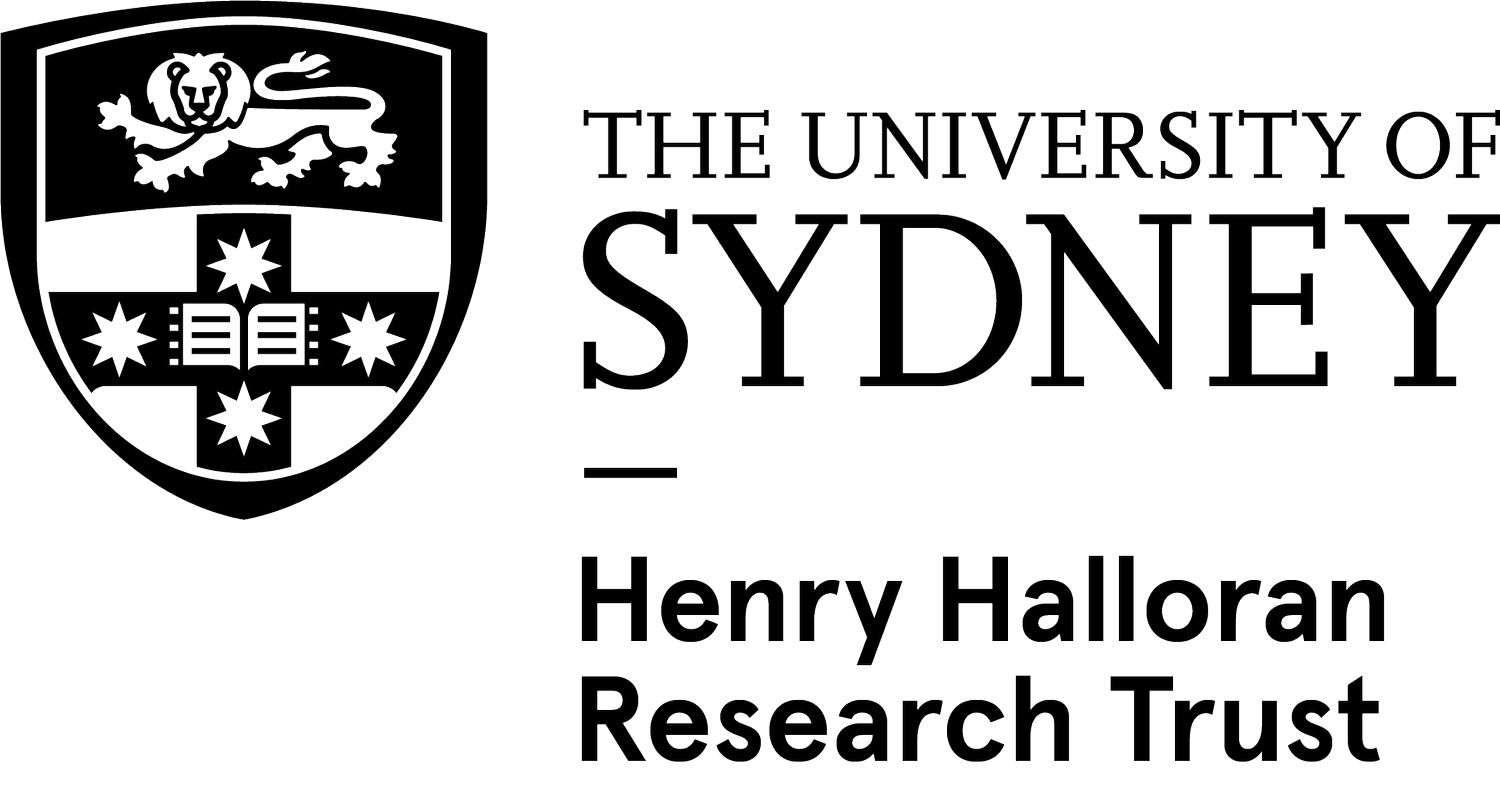Event Recording
The summer of 2020 showed us that we are entering a new phase in terms of bushfire risk and urban heat in Australia. This session discusses what this means for architectural form and placemaking.
Speakers
Dr Douglas Brown, Bushfire Architecture
Dr Sebastian Pfautsch, Western Sydney University
Dr Douglas Brown is the Principal of Bushfire Architecture, a research consultancy which provides advice on building in bushfire-prone areas. He has a PhD in Bushfire Architecture which was undertaken in the Faculty of Architecture, Design & Planning at the University of Sydney. In September he gave two papers at the 2020 Australian Bushfire Building Conference: 'Bushfire Bunker Design Considerations' and 'Incorporating Landscape Design to Improve Bushfire Performance' (joint presentation with Ms Susan Bell). Dr Brown has been a speaker at two continuing professional development (CPD) workshops run by the Australian Institute of Architects, where he spoke on ways to reduce the effect of bushfire building ignitions points: Feb. 2020 and April 2018. He is a regular contributor to The Conversation website where his most recent article was '12 simple ways you can reduce bushfire risk to older homes' (Nov. 2019). He also regularly gives radio interviews on bushfire architecture issues.
Dr Sebastian Pfautsch is a Senior Research Fellow at Western Sydney University. In 2007, Sebastian received his PhD in forest ecosystem science from the University of Freiburg, Germany. In his research, he investigates the effects of global change and extreme climate events on plant and ecosystem functioning. In his role as Research Theme Fellow (Environment and Sustainability), he develops applied science projects that allow the government and industry to optimize strategies and practices to mitigate urban heat. He uses his detailed understanding of trees, microclimate, ecohydrology and natural resources management to deliver evidence-based concepts for cooling in parks, playgrounds, schools, car parks and many more components of the urban fabric.
